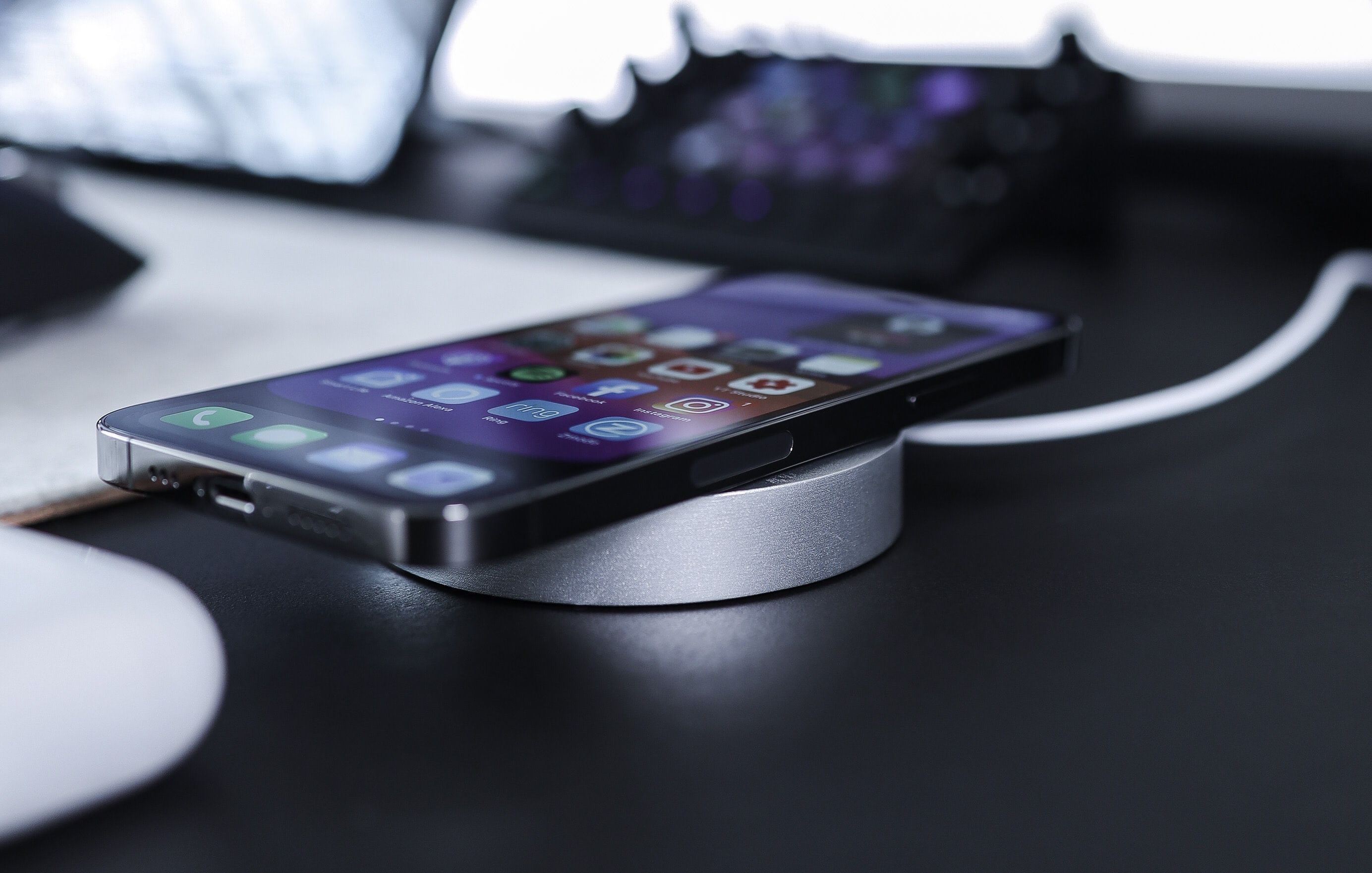The EU’s USB-C ruling was hotly followed throughout 2022. With a rule now requiring all EU devices to use USB-C charging ports, many have been wondering what approach Apple might take.
With rumblings about a portless iPhone for a while now, many Apple fans believe that’s the approach Apple will opt for given the EU’s ruling. But would a portless iPhone be allowed under the legislation?
What Does the EU’s USB-C Legislation Say?
After being drafted earlier in the year, the European Council announced in October 2022 it had approved its legislation to mandate USB-C for all charging ports. In summary, the legislation dictates that USB-C will become mandatory for devices sold in the EU from 2024. USB-C is the current standard for wired charging, offering a reversible connector.
The legislation will affect most consumer tech devices, including smartphones, tablets, headphones, cameras, handheld game consoles, and more. Laptops will also need to make the switch, but only need to do so as of 2026. Since most Android smartphones already use USB-C, all eyes seem to be on Apple, since the company still uses the Lightning port on iPhones.
This new legal ruling has caused quite a controversy. Many users are happy to finally get USB-C on devices that have historically gone without it; particularly iPhone users who are stuck with the less advanced Lightning port compared to USB-C. But many other users are concerned about how the legislation will cause problems with future charging standards.
Looking deeper at the EU’s legal document, there’s a more detailed definition of where USB-C is mandated. According to the document, only devices that are “capable of being recharged via wired charging” will need to be equipped with USB-C by law. The wording around this definition is interesting, particularly when it comes to a portless iPhone.
Does This Mean Apple Is Allowed to Create a Portless iPhone?
Looking at that more detailed definition, we end up at a rather interesting conclusion. If a device wasn’t capable of being recharged via wired charging because it didn’t have a charging port, the device would still be in line with the EU’s requirements. Do you see where this is going?
After the EU’s legislation was approved, Apple executive Greg Joswiak confirmed in an interview with The Wall Street Journal that Apple would “comply” with the EU’s ruling. This cleverly crafted statement doesn’t actually specify how Apple will comply with the legislation.
The most obvious approach here would be to remove the Lightning ports from iPhones and switch to USB-C instead (just as many other Apple products have done). But if Apple were to remove the wired charging port entirely, the company would still be complying with the legislation.
Does the EU Have Any Legislation Around Wireless Charging?
While announcing the legislation’s approval, the European Commission also commented on wireless charging. The same press release stated:
The Commission will work on standardising wireless charging for electronic devices and on interoperability based on technological developments.
Here, the European Commission essentially outlined its intentions to bring standardized wireless charging to devices in the same way it did for USB-C. If the EU were to get involved with wireless charging, could it foil Apple’s plans for a portless iPhone?
It doesn’t look that way. Every smartphone currently on the market uses the Qi standard for its wireless charging. This includes Apple’s own MagSafe, which packs in Apple’s extra magnet technology, but still relies on the Qi standard.
Since the European Commission’s intention is to standardize wireless charging, any EU legislation would likely enforce Qi, since it’s already the widely-used standard. This, in turn, would most likely not cause any problems with a portless iPhone relying on wireless charging to recharge.
Future iPhones May Lose the Port to Accommodate the EU’s Legislation
While it’s currently uncertain whether Apple will switch to a portless iPhone (or, indeed, when), the EU’s legislation certainly allows it to do so. And with future legislation around wireless charging not set to interfere with MagSafe, it’s unlikely to cause any problems in the future.
But if you want to be prepared for the addition of USB-C to your next iPhone (or for your other devices), there are plenty of safe USB-C chargers to pick from.





